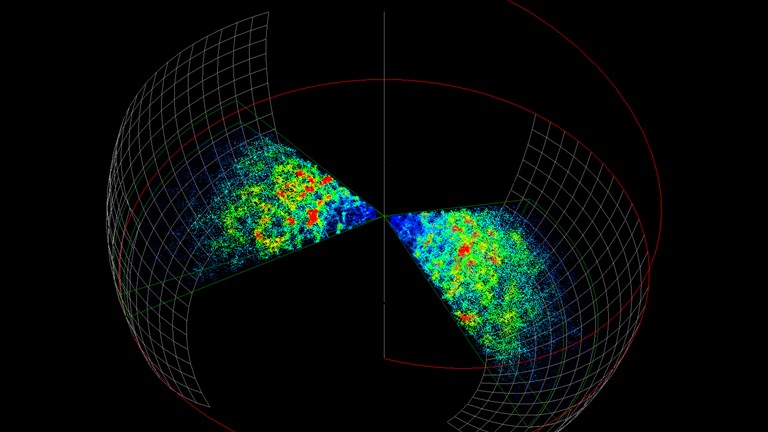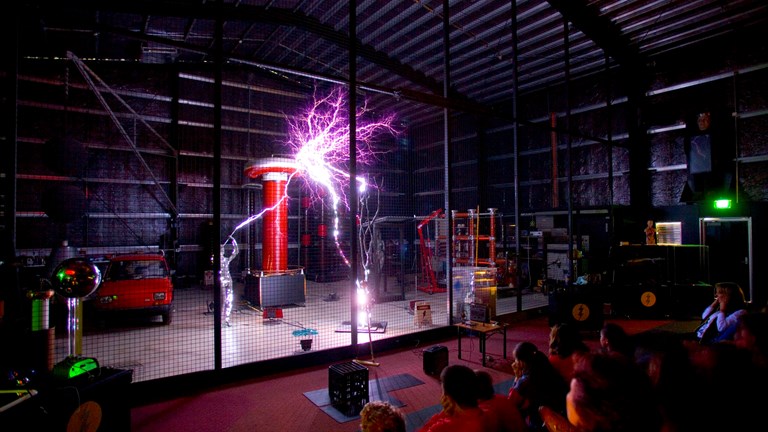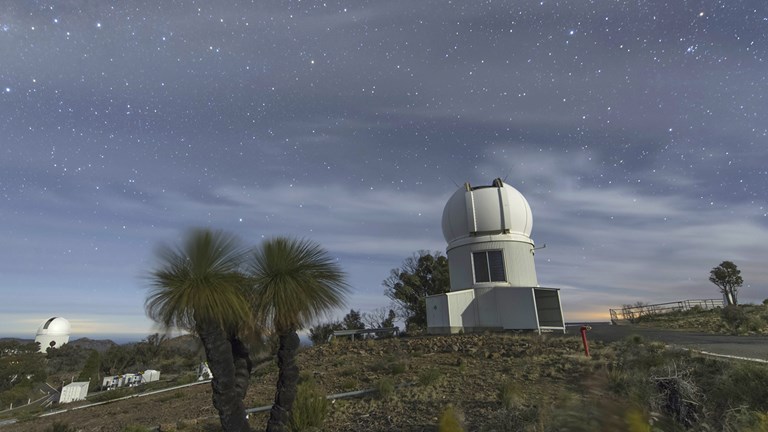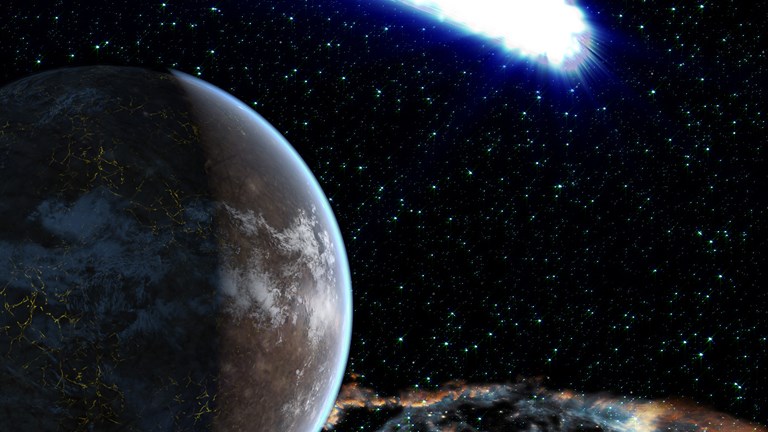
Year 11 Physics: The Universe
What we know now and how we are striving to know more
- What
- Museum Staff-led
- When
-
Terms 1 to 4, Monday to Friday
3:30pm - Duration
- 60 minutes in the Planetarium
Curriculum links & Accessibility & Access Fund - Year level
- VCE
- Minmum student numbers
- Minimum 15 students
- Maximum student numbers
- Maximum 150 students
- Cost
- $9 per student + education service fee
- Booking information
- Bookings 13 11 02
This Planetarium program is specifically designed for VCE physics students. It combines the Capturing the Cosmos planetarium film with the Ticket to the Universe live presented planetarium show to give students a holistic look at how scientists investigate and explore the Universe. the ARC Centre of Excellence for All-Sky Astrophysics (CAASTRO).
Students will experience
- Capturing the Cosmos, a Planetarium film that looks at how we learn about the Universe through astronomy research and technology
- A showcase of research carried out by astronomers across Australia, and some of the incredible innovative telescopes that have enabled new discoveries
- A live tour of the night sky, calibrated to Melbourne at the time of year of the visit, and highlighting features such as stars, planets and other galaxies visible from Earth
- A live, presenter-led journey from Earth to the depths of the Universe, looking at planets, stars, galaxies and quasars along the way
Students will learn
- How telescopes allow us to examine light in order to learn about our Universe including stars and quasars, by using different parts of the electromagnetic spectrum
- About Australian all-sky astrophysics, including the SkyMapper telescope in New South Wales and the Murchison Wide-field Array (MWA) in Western Australia
- That Earth is surrounded by hundreds of satellites that help us in our daily lives, such as the GPS satellites
- That the Earth is part of a solar system containing planets, asteroids, dwarf planets and the Oort cloud, and is situated in the Milky Way galaxy
- About some of the surveys of distant galaxies that have allowed us to understand the structure of the Universe
- How the Murchison Wide-field Array allows us to study origins of matter through the cosmic microwave background radiation
Victorian Curriculum links
VCE Physics
Unit 1: How is energy useful to society?
- Area of study 1: how are light and heat explained
Unit 2: How does physics help us to understand the world?
- Area of Study 2: How does physics inform contemporary issues and applications in society?
- Options 2.13, 2.14, 2.17, 2.18
Unit 4: How have creative ideas and investigation revolutionised thinking in physics?
- Area of study 1: How has understanding about the physical world changed?


